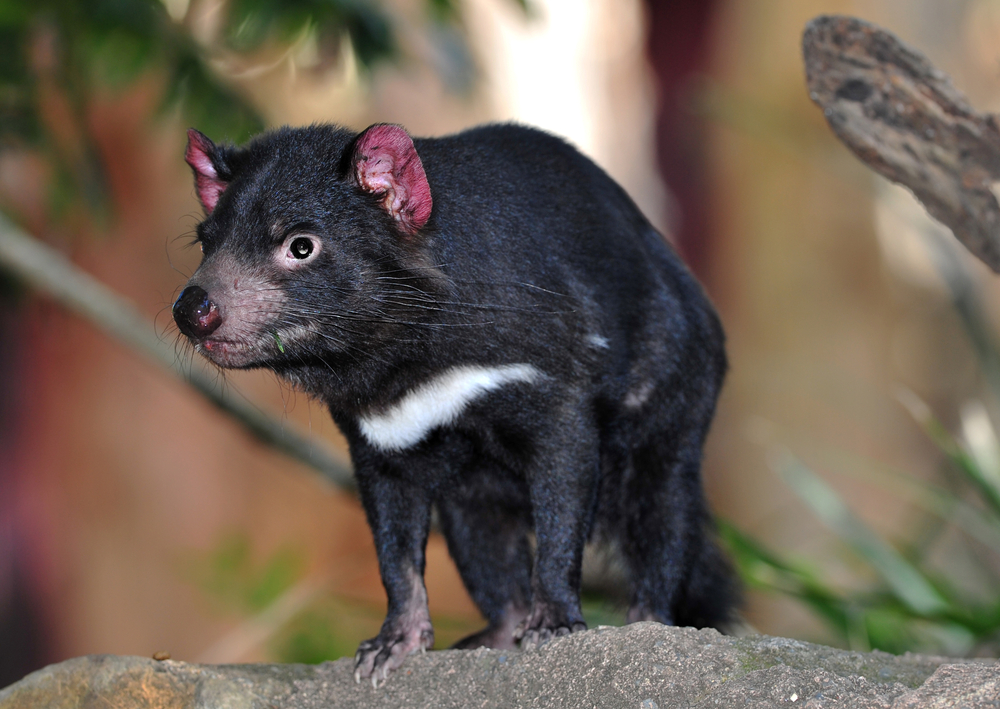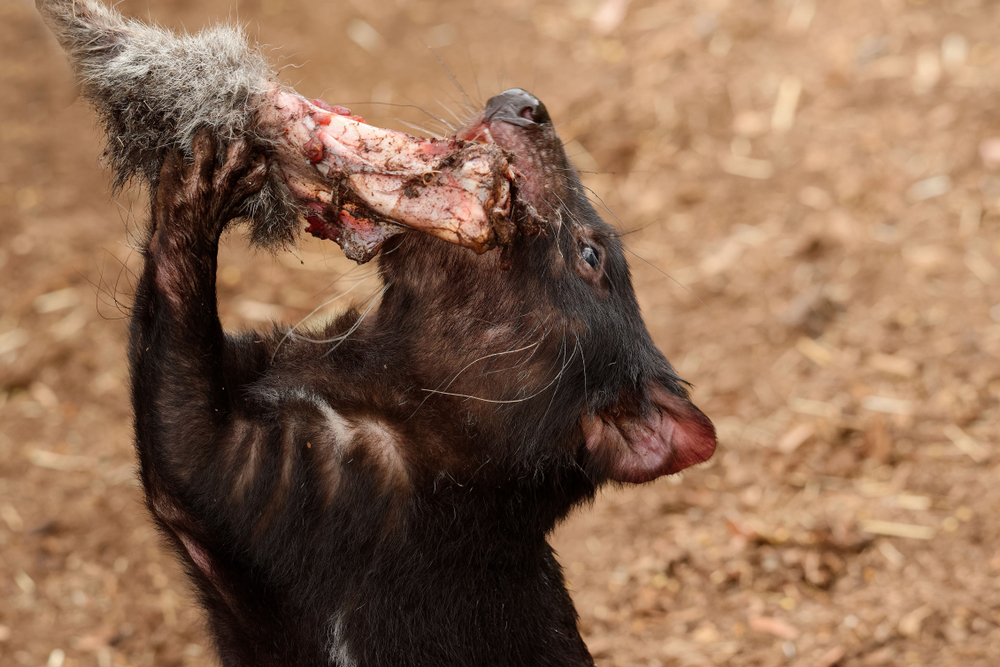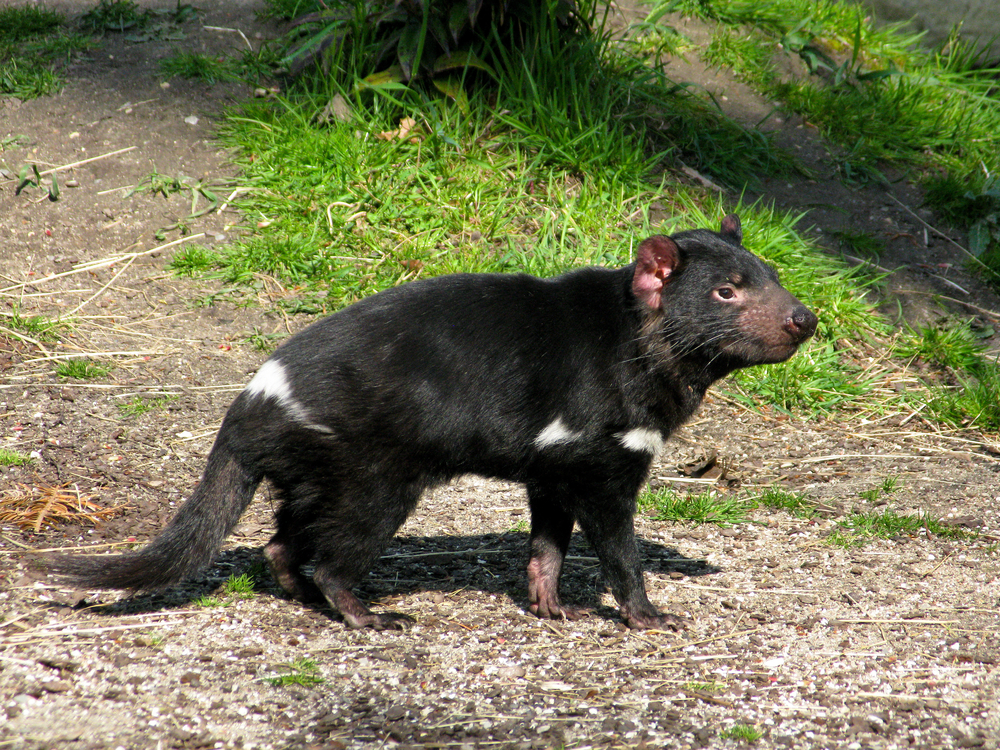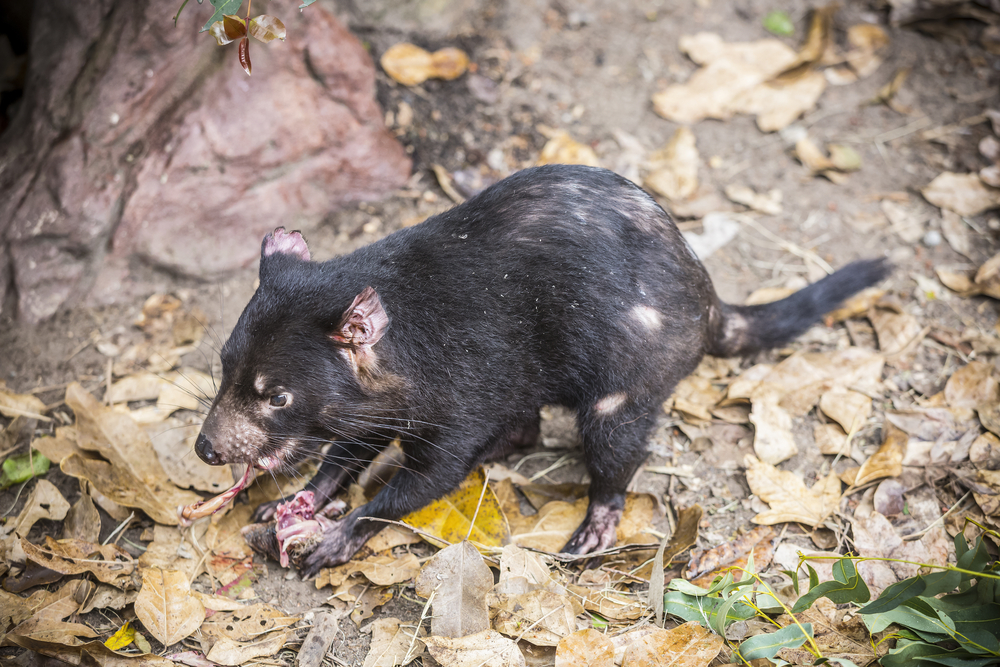The animal most similar to the Tasmanian Devil is the Spotted-tailed Quoll, also known as the Tiger Quoll (Dasyurus maculatus). Both are carnivorous marsupials native to Australia and share several similarities:
- Taxonomic Family: Both the Tasmanian Devil and the Spotted-tailed Quoll belong to the family Dasyuridae, which includes small to medium-sized carnivorous marsupials.
- Dietary Habits: Like the Tasmanian Devil, the Spotted-tailed Quoll is primarily carnivorous, feeding on a variety of small mammals, birds, reptiles, and insects. They are also known to scavenge, similar to the Tasmanian Devil.
- Habitat: Both species are found in Australia, though their ranges do not completely overlap. The Tasmanian Devil is now found exclusively in Tasmania, while the Spotted-tailed Quoll is found on the Australian mainland and Tasmania.
- Behavioral Traits: Both are nocturnal and have a solitary lifestyle, coming together mainly for breeding purposes.
- Conservation Status: Both the Tasmanian Devil and the Spotted-tailed Quoll face environmental threats and challenges to their survival, including habitat loss and diseases like the Devil Facial Tumour Disease (DFTD) affecting the Tasmanian Devil.
While they share many ecological and behavioral characteristics, it’s important to note that they are distinct species with different physical attributes, such as size, coat pattern, and specific ecological niches. The Tasmanian Devil is generally larger and more robust, while the Spotted-tailed Quoll is smaller and has a spotted coat.













































































